Batteries only last 3-4 years, and less if your winter temperatures are consistently low for months on end. Fortunately, replacing your battery is one of the simplest automobile repairs you can do with a little understanding and a few supplies.
First, you’ll need to purchase a new battery. You can buy one at an auto parts store or from the dealership where you bought your car. Make sure the new battery is the same size and type as the old one. You can usually find this information in your car’s owner’s manual or on a sticker inside the engine compartment.
Changing a car battery is not as difficult as it may seem. In fact, with the right tools, it can be a relatively easy process. If you are wondering what tools you need to change a car battery, keep reading!
In this blog post, our car mechanic experts will discuss the tools that you need and provide some tips on how to change a car battery in the easiest way possible.
The Required Tools to Change A Car Battery:
1) A KAM (Keep Alive Memory) Tool
This is a very important tool as it helps to keep the car’s computer memory alive while you are changing the battery. Without this tool, you may lose all your settings and have to reprogram your car computer.
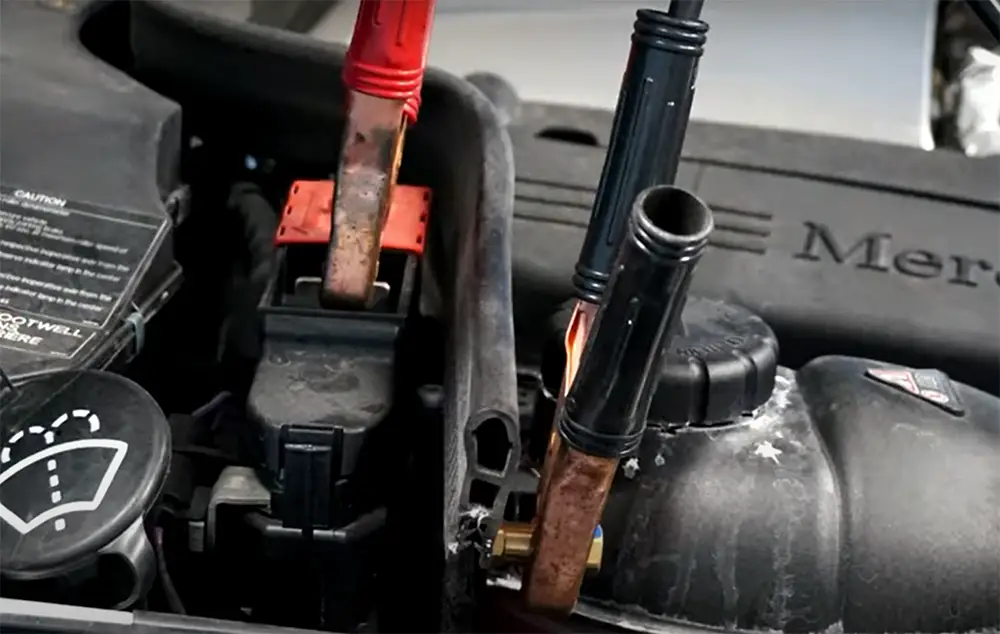
A KAM tool is a portable device that gives your car’s control unit power when your battery is disconnected.
It draws power from an external source, such as a spare battery or another vehicle. Obviously, connecting the KAM tool to your automobile before removing the battery terminals is crucial.
Connecting to a donor vehicle’s battery or using the vehicle’s 12-volt power point is an excellent feature of a good KAM tool. The electricity is sent to your car via the DLC (Data Link Connector) located below the driver’s steering column [1].
2) Adjustable Wrench
An adjustable wrench is a handy tool to have when working on cars. It can be used to loosen or tighten nuts and bolts of all sizes.
When changing a car battery, you will use the adjustable wrench to remove the negative battery terminal.
Make sure the jaws of the wrench fit snugly around the bolt or nut before turning. If they are too loose, the wrench may slip and damage the surface around the bolt or nut.
A good quality adjustable wrench will have a smooth jaw that adjusts quickly and easily. Cheaper wrenches may be difficult to adjust and may not grip as tightly.
An adjustable wrench is a handy instrument for relaxing battery terminal bolts, but they can be cumbersome. An exact wrench will be a lot simpler to use.
3) A Crescent Wrench
It is used to remove the battery terminals. A crescent wrench is a type of adjustable wrench that is used to loosen or tighten bolts and nuts. The jaws of the wrench are adjustable, so it can be used on different sizes of bolts and nuts. To remove the battery terminals, you will need to adjust the jaws of the wrench to fit around the terminal.
4) Vise Pliers
To remove the battery terminal clamps, you will need a good set of vise pliers. Make sure that the jaws of the pliers are wide enough to grip both sides of the clamp at once.
Get a tiny vise grip plier tool. That will suffice. However, make careful not to tighten it too firmly around the nut before attempting to turn it, as it will get stripped [2].
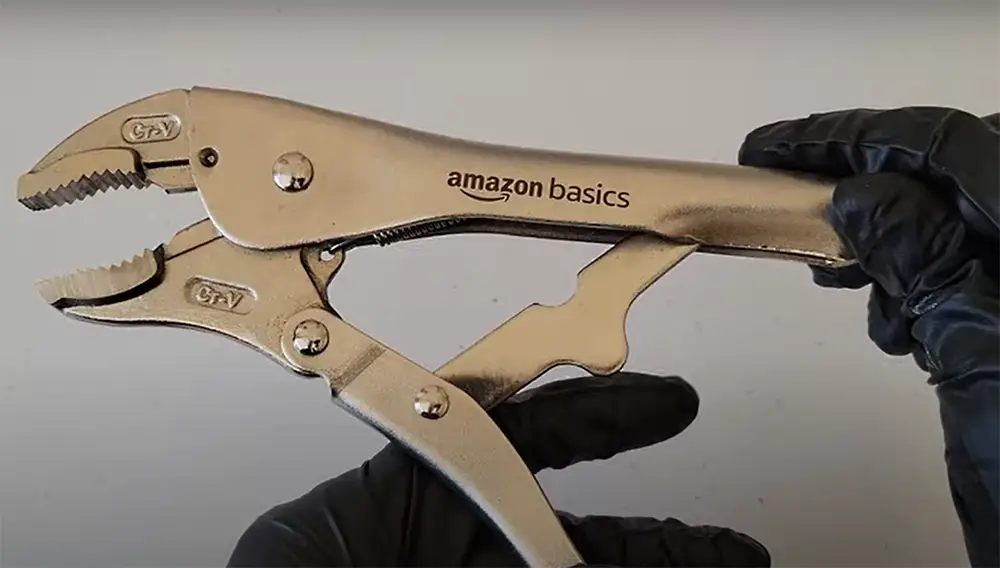
You will need to use the vise grips to hold onto the battery terminal clamp while you use a wrench to loosen the nut. Once the nut is loose, you can remove it by hand. Then, remove the vise grips and set them aside.
5) 10 Mm Combination Wrench Or Socket
You will need a wrench to loosen the battery terminal clamps. A combination wrench or socket will work just fine.
Look for a 10mm wrench or socket to remove the battery cables. If the bolts and nuts on your car battery are rusted, you’ll need new parts.
If you don’t have a socket, use a regular wrench. If you don’t have either of those, improvise with whatever you have lying around that can fit over the nut and give it some leverage.
Get a ratchet and extension if you can. That way, you won’t have to remove the battery tray to get at the nuts.
Use the wrench to loosen the nuts on both of the battery terminals. Do not remove them entirely, just loosen them enough so that they can be removed by hand later on.
6) Battery Terminal Brush
A battery terminal brush is a small wire brush that is used to clean the corrosion off the battery terminals.
You can find these at most auto parts stores.
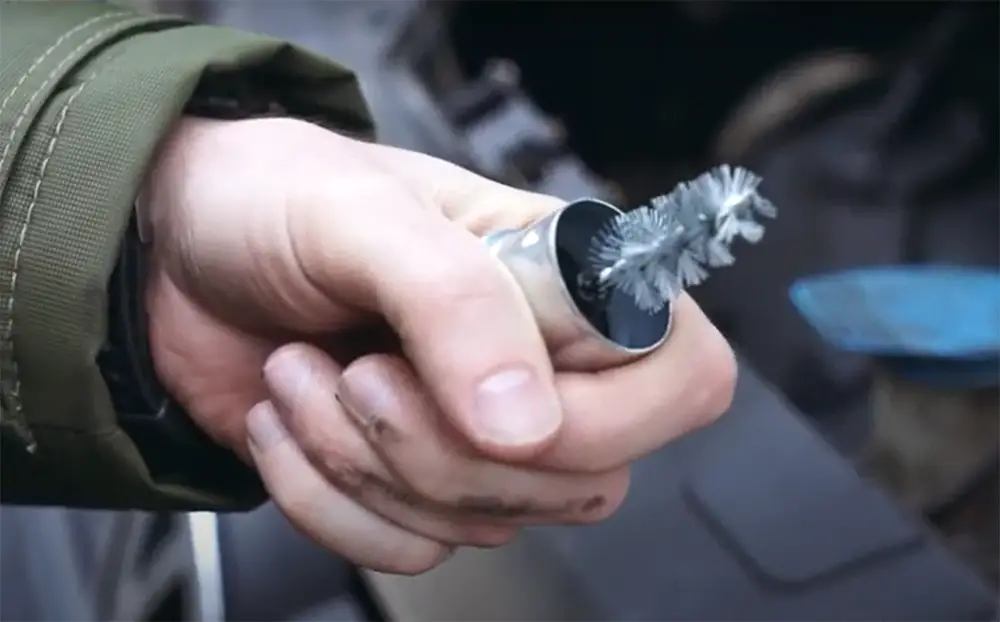
Use the battery terminal brush to clean the corrosion off of the battery terminals. Make sure to get all of the corrosion off, as it can prevent the new battery from making a good connection.
If the corrosion of your battery terminal has spread to other areas on the vehicle, you’ll need a battery terminal brush to clean it. Simply twist the brush into place and use it to clean your battery’s positive and negative clamps. Make sure to clean out the battery post as well.
7) Dielectric Grease
It is highly suggested that you use dielectric grease to prevent corrosion of the battery terminal and enhance the connection.
Dielectric grease is a non-conductive grease that can be found at most auto parts stores.
Apply a small amount of dielectric grease to the battery terminals and the inside of the battery terminal clamps. This will help to prevent corrosion and enhance the connection between the battery and the terminal clamps.
Now that you have gathered all of the necessary tools, you are ready to change your car battery. Be sure to follow all safety precautions when working with batteries, as they can be dangerous. If you are unsure about anything, consult a professional mechanic.
How To Change A Car Battery:
Preparing Your Car For A Battery Change
If your car is more than a few years old, it’s probably time to start thinking about changing the battery. Most car batteries last between three and five years, so if yours is getting close to that age, it’s a good idea to start making preparations.
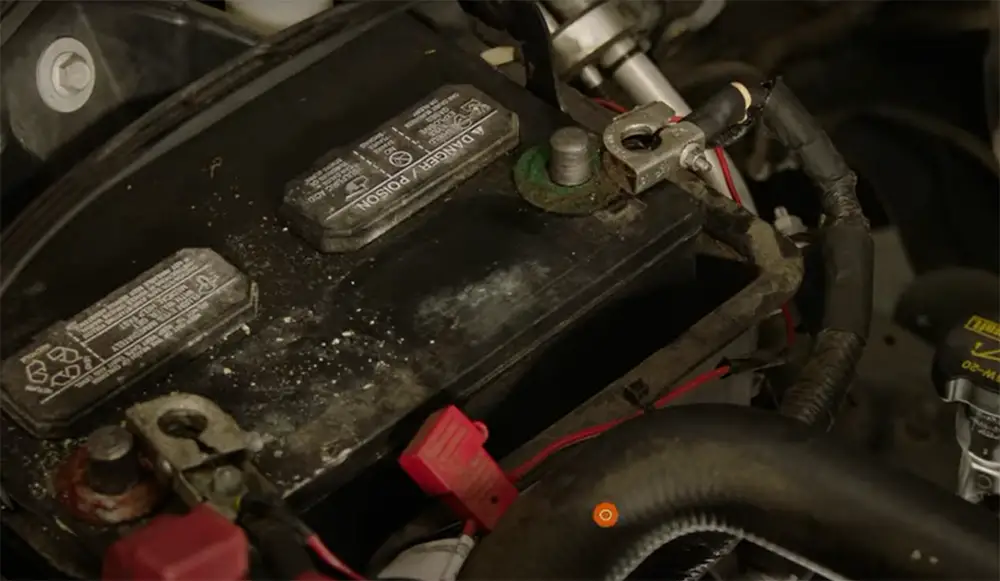
Here are a few things you’ll need to do before changing your car battery:
- Make sure you have the right tools. You’ll need a screwdriver, wrench, and pliers at the very least;
- Disconnect the negative terminal of your battery first. This will prevent any sparks from causing damage to your electronics;
- Remove any corrosion from the terminals with a wire brush or by using baking soda and water;
Removing Old Car Batteries:
Removing Batteries That Have The Bracket On Top
First, you will need to remove the battery cover. Second, locate the hold-down bracket on top of the battery. Third, use a wrench to loosen the bolt or nuts that secure the bracket. Fourth, lift the old battery out of its compartment and disconnect the negative cable first and then the positive cable. Fifth, clean the tray with a baking soda solution to neutralize any acid buildup before installing a new battery.
Removing Batteries That Have A Side Bracket
To remove a battery that has a side bracket, you will need a socket wrench and an extension. First, remove the negative terminal cable from the battery. Next, use the socket wrench to loosen the bolt on the side bracket. Once the bolt is loosened, you can remove the side bracket and then lift out the battery.
Attaching New Car Batteries:
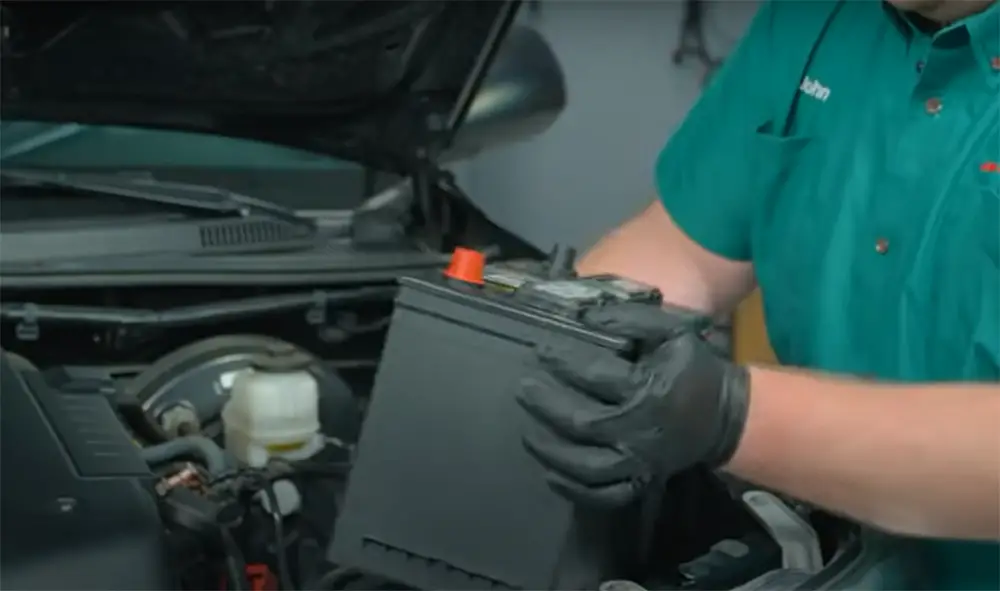
- Once it’s in its seat, reverse the process you used to remove the old battery. Begin with the positive terminal. Remove the plastic cover and use your battery terminal cleaner to clean the new posts. This will lightly score the metal, allowing for a better hold between the posts and clamps while recharging your battery [4];
- Spray another layer of corrosion protection on the terminal post. Slide the end clamp over the terminal post until it rests against the bottom of it;
- Twist the nut clockwise and firmly tighten it with your pliers or wrenches. Repeat the procedure for the negative terminal;
Car Battery Terminals Wrong Side:
Terminals Fitted Incorrectly
The fitter unwittingly touches the battery cables while fitting the new battery, which pulls them out of alignment. In most situations, it is not feasible to connect the battery wires to the incorrect side of the battery post because they are firmly secured to the chassis with clips and aren’t long enough to reach across on that side.
Battery Fitted Back-Ways
The model of your car requires a specific kind of battery. Your vehicle’s battery is tailored to your automobile, with the appropriate power output to turn over the engine. A larger engine will necessitate a bigger battery, as predicted. However, your automobile’s battery is also built to match your vehicle’s wiring harness orientation.
Because of this, vehicle batteries are coded, allowing the parts store to know the dimensions and polarity of the battery terminals. When you replace a car battery, the shop may obtain all of this data simply by knowing your make and model.
It’s typical to mistake putting the battery terminals back-ways for installing a new battery. This occurs because the owner was given the incorrect battery and only fits into the vehicle one way, or because the battery was installed incorrectly in the first place.
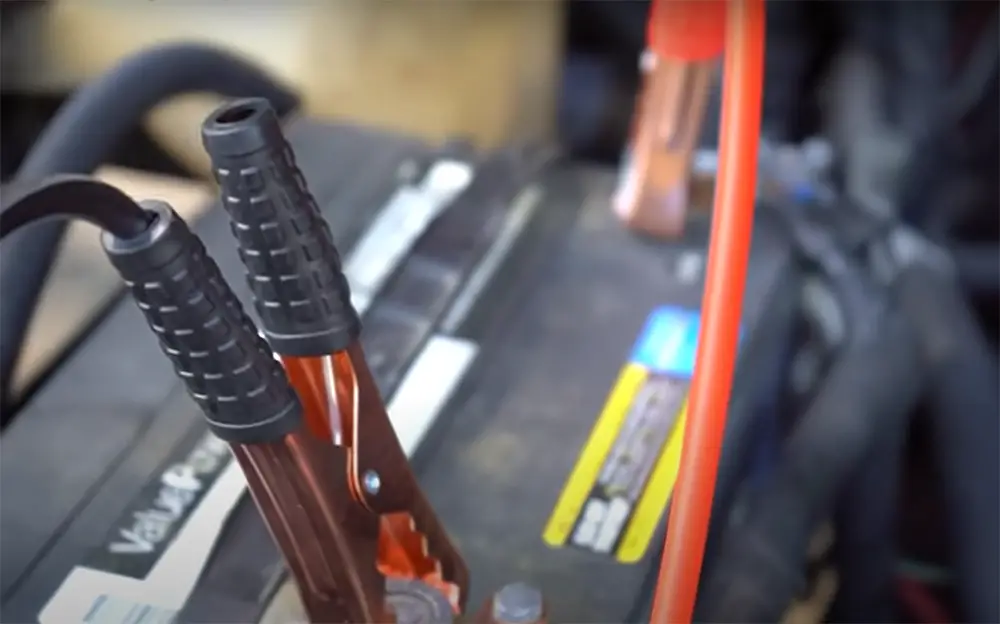
By back-ways, we mean that the positive pole was situated close to where the negative pole should be in terms of location, and vice versa. This frees up room for a fitter with a stretch to connect the battery terminals to the wrong battery terminals.
Jumper Cable Incorrectly Fitted
If you’re stranded with a dead battery, you might require jumper cables to start your engine. But, if you don’t know how to use them, they can do more harm than good.
It’s not as simple as hooking one end of the red cable to the positive terminal of your battery and the other end of the black cable to the negative terminal [5]:
- First, you should make sure that both batteries are turned off. Then, connect one end of the black cable to the negative terminal of the working battery. The other end of that same black cable should be connected to an unpainted metal surface on your car away from the battery (like a bolt). This will serve as your ground;
- Next, take the red cable and connect one end to the positive terminal of the working battery. The other end of the red cable goes on the positive terminal of your dead battery. Finally, start the working car and let it idle for a few minutes before starting your car with the dead battery;
- If you have jumper cables but don’t know how to use them, it’s best to call a tow truck or roadside assistance. Trying to jumpstart your car without knowing what you’re doing can cause serious damage to your vehicle;
What Happens If You Fit Terminals Back-Ways?
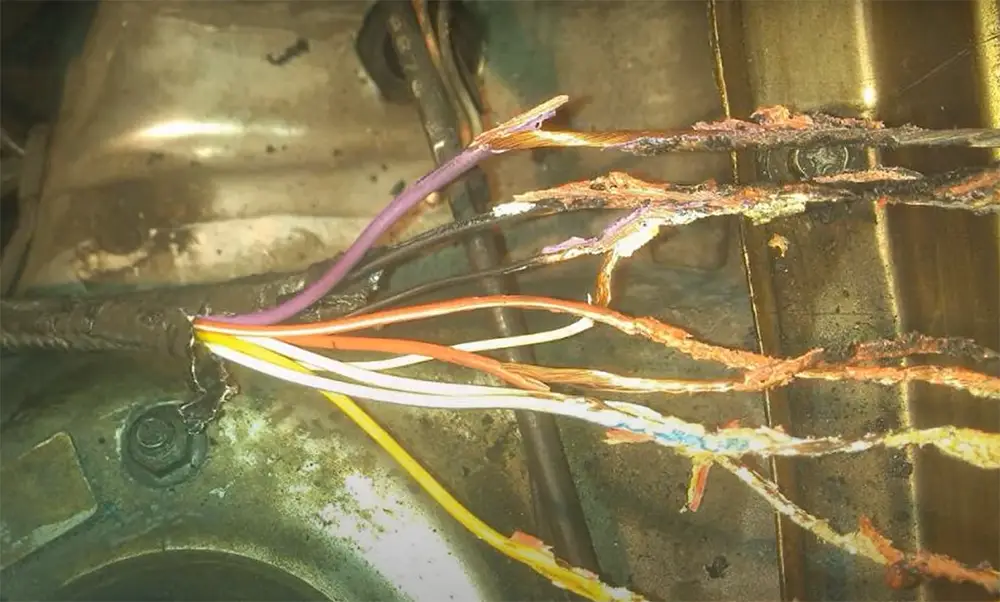
If you fit the terminals’ backways, the battery will be damaged and may leak. This is because the positive and negative charges will be reversed, causing a chemical reaction that damages the battery. In some cases, this can also cause an explosion. Therefore, it is important to make sure that you fit the terminals correctly before attempting to change a car battery.
FAQ:
Where is a car battery located?
The most prevalent locations where you will discover a car battery are [6]:
- The engine bay;
- Under the rear seat;
- In the trunk;
Remove the battery in the reverse order, starting with the negative terminal first. Then remove the positive battery terminal. Connect the positive battery terminal first when connecting the battery. Finally, connect the negative battery terminal.
How difficult is it to change the car battery yourself?
Changing a car battery is not difficult, but it does require a few tools. You will need a wrench to loosen the battery terminals, a socket set to remove the old battery, and a screwdriver to install the new battery. You may also need a pair of pliers to help you disconnect the battery cables.
Once you have all of your tools assembled, follow these steps:
- First, open the hood of your car and locate the battery. It is usually located near the front of the engine compartment;
- Next, use your wrench to loosen the nut on the positive terminal (marked with a + sign). Do not remove this nut completely; just loosen it enough so that you can remove the cable from the terminal;
- Repeat this step for the negative terminal;
- Now you can remove the old battery from its tray and install the new battery. Be sure to line up the positive and negative terminals before you tighten the nuts back onto the terminals;
- Once the new battery is in place, close the hood of your car and start it up. If everything is working properly, you should see the lights on your dash come on and hear the engine turn over;
How long does it take to change the car battery yourself?
It takes 10 to 20 minutes for most cars, but there are many vehicles on the road today that take considerably longer because the battery is hidden and other components must be removed.
You’ll need a few tools to change your car battery, most of which you probably already have in your garage:
- A socket wrench set with the right size socket for the battery’s terminals;
- A Phillips or flathead screwdriver (depending on the type of battery terminal);
- A wire brush to clean off any corrosion from the battery terminals;
- Protective gloves and eyewear;
- And finally, the new battery;
If you don’t have a socket wrench set, you can usually borrow one from a friend or neighbor. The same goes for the screwdriver – most people have one of these lying around somewhere.
What should I keep in mind when changing the car battery myself?
When changing your car battery, always keep in mind that the battery is a very important component of your car. It provides the power needed to start your car and keep it running. Therefore, it is important to be careful when handling and installing the new battery. Make sure that you follow the instructions provided by the manufacturer carefully. In addition, always wear gloves and eye protection when working with batteries.
Another important thing to keep in mind is that batteries contain sulfuric acid, which can be harmful if it comes into contact with your skin or eyes. If you accidentally get any of this acid on yourself, immediately rinse the affected area with plenty of water and seek medical attention if necessary.
Can I replace the car battery for free?
No, you will need to purchase a new battery for your car. However, many auto parts stores will recycle your old battery for free.
How do I replace my car battery without tools?
If you’re lucky, you may be able to get away with simply disconnecting the battery terminals and swapping out the old battery for a new one. However, more often than not, you’ll need a few tools to properly remove and install a new car battery.
What size wrench do I need to change a car battery?
Nuts and bolts secure the battery terminal cables around the battery terminals. This implies you’ll need a crescent wrench, adjustable wrench, vise pliers, or a socket wrench. Most vehicle battery cables have a 10mm (0.4 in) nut on them; choose one with this size socket or wrench to loosen it.
Do I need to drive my car after changing the battery?
In order for the new battery to charge fully, you should run the automobile for around 30 minutes after changing the car battery. The computer and radio in most vehicles are reset as a result of replacing the battery [7].
Which battery terminal do you take off first?
The order in which you disconnect and reconnect the battery terminals is important. You always want to take off the negative (-) terminal first and put it back on last. The negative terminal is usually black and is marked with a minus sign. Taking it off first will help prevent any sparks from occurring when you remove the positive (+) terminal.
The positive terminal is usually red and is marked with a plus sign. Once you have taken off the negative terminal, you can then remove the positive terminal. Make sure that when you reconnect the battery terminals, you put the positive one on first and then put the negative one back on last. This will help to ensure that your car starts up properly without any issues.
Is it easy to install a car battery?
Installing a car battery is not difficult, but it is important to follow the instructions in your car’s manual. You will need to remove the old battery from your car and then install the new one in its place. Make sure that you connect the battery terminals in the correct order so that your car will start up properly. Once you have installed the new battery, you should test it to make sure that it is working properly.
If you are not comfortable installing a car battery on your own, you can always take it to a mechanic or a local automobile store and they can do it for you.
Can you use pliers to remove a car battery?
No, you cannot use pliers to remove a car battery. You need a wrench to loosen the battery terminals. Pliers can damage the battery terminal and cause a fire.
Always disconnect the negative (-) terminal first and then the positive (+) terminal. This will prevent sparks from damaging your vehicle’s electrical system.
You will also need a socket set or ratchet to remove the battery hold-down bolts. Once the bolts are removed, you can lift out the old battery and replace it with a new one.
Be sure to clean off any corrosion on the battery terminals before reconnecting them. Then, simply reverse the process to reinstall the new battery.
Can you disconnect a car battery by hand?
You should never try to disconnect your car’s battery while it is still running. If you have them on hand, use gloves and safety glasses if you’re working with a vehicle. Locate the negative battery terminal, which is usually marked with a minus sign. Have a helper hold the flashlight while you disconnect the cable. If there’s corrosion on the battery, you may need to use a wire brush to clean it off before you can remove the cable.
How long does it take to leave the car running after the battery dies?
You should leave your automobile running for at least 30 minutes after receiving a boost. Instead of letting it idle, drive it about to get more dependable outcomes. If the battery is completely dead, it might take longer to recharge it by driving. You should also get your alternator checked if you find yourself having to jump-start your car frequently [8].
What happens if you connect the negative terminal first?
If you start with the negative terminal, it will simply blow up. The battery’s negative terminal will raise the temperature in the battery and, sooner than you might expect, its casing will shatter. It can also generate a powerful charge that may have an impact on all metal surfaces in the automobile, making them hazardous to touch. Nothing special happens electrically.
Is it OK to touch car battery terminals?
The risk from automobile batteries is not as great as that from gasoline and propane stoves. If you wrap a metal wrench around both terminals, for example, you may create a spark that ignites hydrogen gas in the battery. That can cause chunks of battery and acid to fly [9].
Useful Video: Every Single Tool You Need To Start Working On Cars! *Full List*
References:
- https://rustyautos.com/tools-to-replace-car-battery/
- https://www.reddit.com/r/cars/comments/3v0ekx/question_use_pliers_to_disconnect_car_battery
- https://getjerry.com/questions/what-tools-do-i-need-to-replace-a-car-battery
- https://auto.howstuffworks.com/under-the-hood/vehicle-maintenance/change-car-battery4.htm
- https://rustyautos.com/tools-to-replace-car-battery/
- https://www.youcanic.com/article/tools-do-need-change-a-car-battery
- https://getjerry.com/questions/what-do-i-do-after-replacing-a-car-battery
- https://getjerry.com/questions/how-long-should-a-car-run-after-getting-a-jump
- https://www.denverpost.com/2006/04/29/a-car-battery-cant-electrocute-you






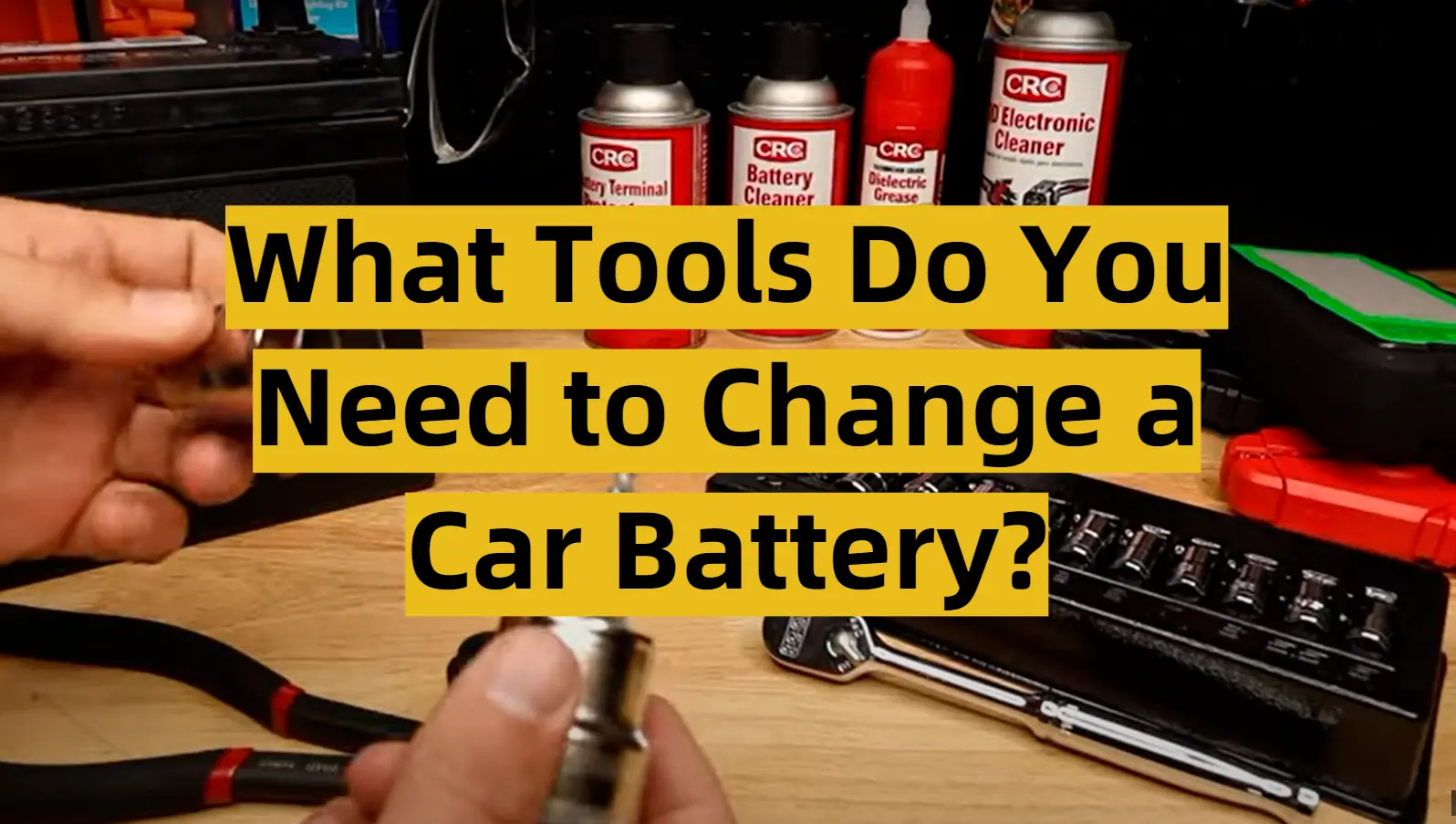




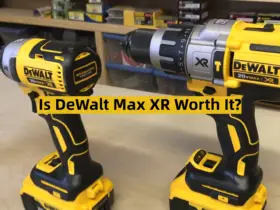
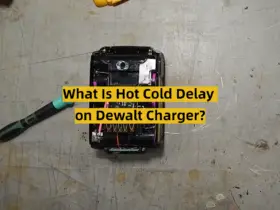

Leave a Reply